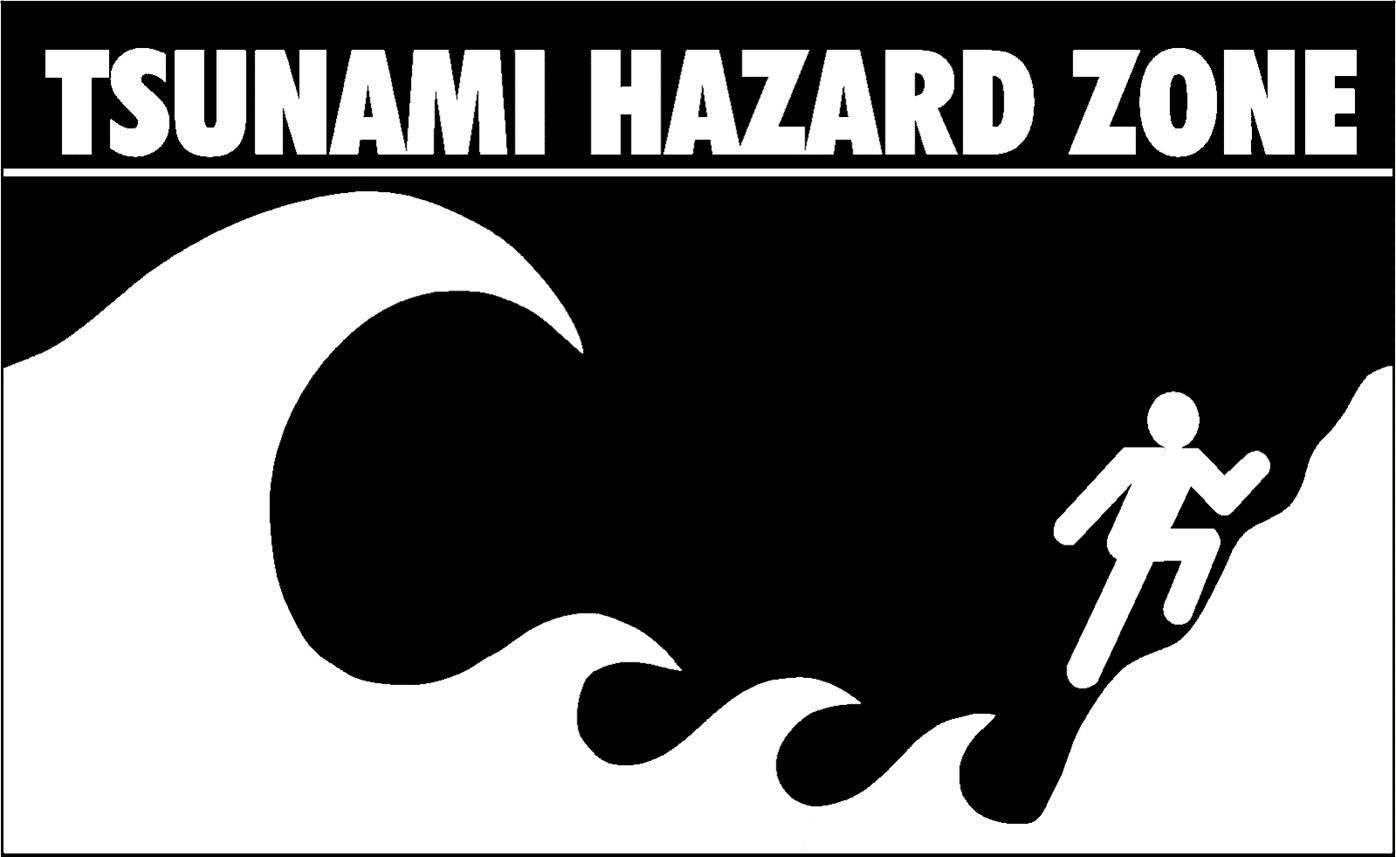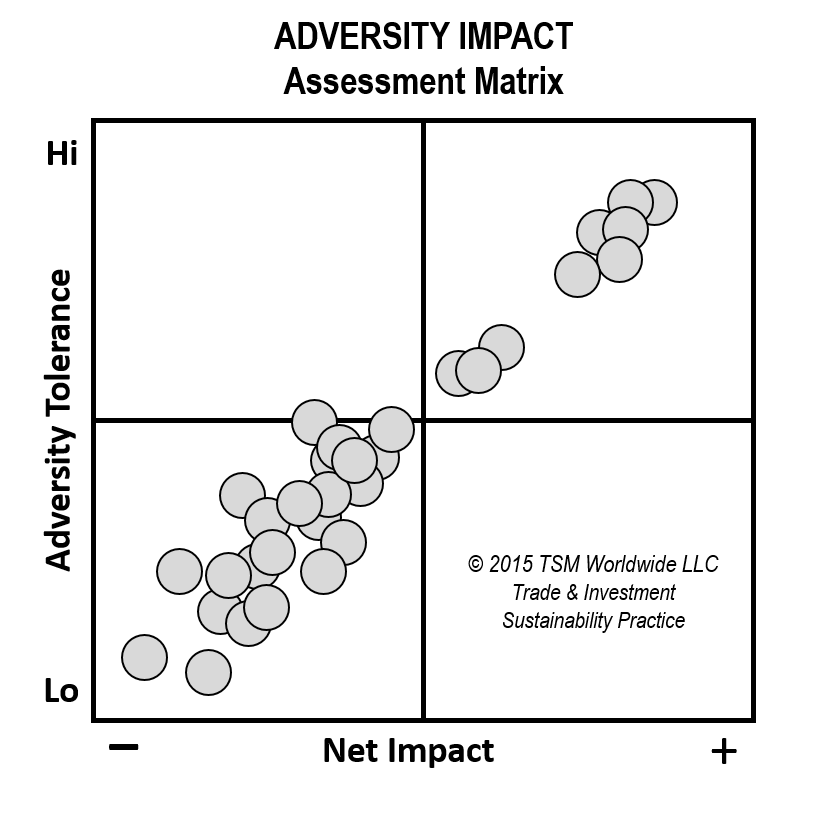 The outlook for and selected implications of a high-impact wave of American national policy-making restricting civilian access to arms & ammunition
The outlook for and selected implications of a high-impact wave of American national policy-making restricting civilian access to arms & ammunition
Jeff Moran | Brussels
The outcome and impact of the American elections next week have been war-gamed or scenario-planned by stakeholders for some time. Let’s assume, right or wrong, that the next President of the United States will be Hillary Clinton. What might this scenario mean for firearms and ammunition policy stakeholders who are interested in the promotion of shooting, hunting/conservation, firearms collecting, and civil arms rights in the United States?
Scenario Drivers
A Clinton victory next week would most certainly crystallize a necessary but insufficient condition for an ambitious wave of national-level efforts aimed at further restricting civilian access to arms and ammunition.
Whether or not such a wave is a high-impact tsunami or something else depends on, inter alia, how the electoral dust settles on Capitol Hill. There are two interrelated factors driving the likelihood of an impactful policy tsunami:
- the extent to which Democrats gain in the US House and Senate contests, and
- the extent to which Republicans finish with sufficient numbers to dampen any such wave or obstruct it completely.
Stakeholder Impact
Most if not all of stakeholders would be impacted if by a firearms and ammunition policy tsunami. However, on net, the scope and scale of the adverse impact would vary tremendously among stakeholders. This impact variability would largely be a function of a given stakeholder’s adversity tolerance profile.
So, it would actually not be correct to conclude all stakeholders would be adversely effected or even that some would not stand to gain substantially, on net. Realistically, the stakeholders with the best adversity tolerance profile would be very likely to successfully execute a winning response and even come out better off than had there been no policy tsunami at all.
Industry Losers
The adverse impact on the firearms and ammunition industry eco-system, holding all other factors constant, would be the most severe to the extent a given firm (and its supply and distribution partners), relative to competitors, exhibits all of the following characteristics:
- Extremely high risk exposure (e.g. makes and/or sells just one type of product to one customer and this product gets completely banned without phase-out period).
- Extremely high resource constraints (e.g. has high fixed costs, high debt ratios, low cash/cash flow, weak talent, poor trading partner relations, no product development pipeline, etc.).
- Extremely low resilience (e.g. lacks organizational flexibility, adaptability, and experience with comparable adversity).
- Extremely low readiness (e.g. lacks awareness to or is in denial about threats, has no response plan and/or ability to execute).
The sample adversity impact assessment matrix below, adapted from a separate segmentation and sustainability study, shows one way to illustrate relative stakeholder position with respect to tolerance and net impact.
Most Likely Policy Courses of Action
So, what might a worse-case firearms and ammunition policy tsunami actually entail from a proposal point of view? The five most probable policy courses of action would entail proposals to implement ideas Hillary Clinton and her campaign supporters have discussed if not explicitly advocated for already:
- Rebalancing the U.S. Supreme Court using a Second Amendment litmus test, because the Court was “wrong on the second Amendment” in its landmark 2008 Heller decision. This would be perhaps the biggest driver of sustained adverse impact over the long-run as it could result in a roll-back of prior Court rulings and effectively close certain markets or nullify civil rights previously affirmed.
- Resurrecting and reworking some kind of combined “assault weapon” and “armor piercing ammo” ban with a mandatory buy-back program (like the approach taken in Australia). Official statements in the wake of President Obama’s aborted proposal to reinterpret the legal definition of “armor piercing ammunition” suggests regulators are committed to take action again.
- Repealing current federal law protecting the shooting industry from frivolous lawsuits over harms resulting from misuse of lawfully sold products by private individuals (e.g. The Protection of Lawful Commerce in Arms Act. 15 USC 7901). This would certainly lead to a new era of lawfare against businesses of all size. However, the makers and marketers of the most criminally popular handguns will likely be the most exposed since handguns account for the overwhelming majority of American firearms homicides. Makers and marketers of the most criminally popular “assault weapons” would surely be a large target for anti-industry advocates despite the fact that homicides from such firearms are comparatively minuscule in the American context.
- Restricting civilian access to all types of firearms through mandatory background checks for more if not all sales and private transfers, if not also for ammunition as well as reloading components eventually.
- Designating more people as prohibited persons in the National Instant Criminal Background Check System (NICS) with executive branch rule changes lacking adequate if any due process for affected citizens. An example would be the still pending Social Security Administration’s rule changes proposed in April this year. The proposal suggests agency officials seek to effectively deny perhaps millions of beneficiaries their constitutionally-protected rights to acquire and possess arms and ammunition without, inter alia, a formal hearing, consideration of whether one is a danger to anyone, or the government carrying the administrative burden of proof.
International Sources of Policy Action
It stands to reason that proposals additional to the ones described above could become part of a Clinton firearms and ammunition policy tsunami over time. The most likely international source of potential policy action can be found in the details of the so-called International Small Arms Control Standards (ISACS) sponsored by the United Nations (UN) Office of Disarmament Affairs.
This is because Hillary Clinton played a critical role in the ISACS development process when she was Secretary of State, which her successor continues to play. Reliable sources with direct knowledge and now-public internal UN communications involving members of the Obama Administration’s ISACSs engagement team confirm:
- The US Department of State (DoS) leads an ISACS engagement team that includes the Bureau of Alcohol, Tobacco, and Firearms (ATF) of the Department of Justice (DoJ).
- The DoS retains final decision-rights concerning the nature and extent of participation by the ATF, which is a departure from the established practices of providing discretion if not control to the competent federal regulatory authority on contemporary endeavors of international normative cooperation.
- All members of the ISACS engagement team are under restrictive rules of engagement requiring they participate passively in relevant fora (virtual and otherwise), and abstain from any transparent exchanges of view/ input for ISACS development.
- The ISACS engagement team and their superiors know that silent participation (or the absence of objection) is understood to mean agreement or acceptance within the context of international normative cooperation, and especially for multi-stakeholder standards development initiatives sponsored by the UN.
- The ISACS engagement team and their minders are fully aware of how normatively defective and ethically-challenged the UN ISACS multi-stakeholder initiative (MSI) is, and have refused to make objections to ISACS as they are developed and published.
- Officials in the UN connected to the ISACS MSI have cooperated to mislead the public about US participation (e.g. the official UN ISACS website does not list the US as a participant), arguably a prima facie violation of Rule 1.2 of the UN Staff Rules and Regulations requiring all UN officials to uphold the “highest standards” of “honesty and truthfulness in all matters affecting their work.”
Over time, the ISACS MSI has become a case example of spectacularly flawed international standard-setting at the UN, or, in the parlance of Secretary Clinton’s top legal adviser at the time, “transnational legal process.” The biggest driver for this was Secretary Clinton’s ISACS engagement strategy because it enabled if not empowered key UN officials and the MSI to operate in a manner that was out of control with respect to conformance to three sets of applicable principles:
- ISO principles of international standards development.
- UN principles of effective MSI governance.
- UN principles of professional conduct, as elaborated in the:
Now, setting aside the apparent complicity in a what is arguably an enterprise of professional misconduct and normative malpractice at the UN, ISACS 03.30, stands out as a likely Clinton Administration policy planning input. This is because, by design, it sets forth model national regulations on civilian access to firearms and ammunition. Of note, ISACS 03.30 was finally published in 2015 after several years of public controversy and strategic delays, and is now marketed by proponents as implementation guidance for, inter alia, the UN Arms Trade Treaty.
Other Policy Courses of Action
The text of ISACS 03.30 suggests six derivative policy courses of action that a Clinton Administration might eventually argue are necessary to bring the US firearms and ammunition regulatory framework into conformance with contemporary international norms and standards:
- Repealing parts of existing US laws (e.g. National Firearms Act of 1934) currently allowing certain civilians, including corporations and their employees, to acquire, possess, and use fully-automatic small arms and other light weapons.
- Resurrecting and expanding President Obama’s 2015 proposal to redefine “armor piercing ammunition” to ban ammunition currently allowed by specific exceptions. Of note, the current ISACSs glossary contains the exact language in existing US law, minus sporting purposes exceptions.
- Mandating a differentiated risk-based framework to categorize and link authorized firearms, ammunition, and magazine capacity to a national individual firearms and ammunition license / registration scheme. This scheme could entail:
- Authorizing / restricting specific categories and amounts of firearms and ammunition, where and how transportable, and whether concealed carry is authorized.
- Expiration dates and conditions whereby persons are required to demonstrate legitimate need; provide personal references in addition to other background information, certify competent and safe use and safe storage practices, and specify location where firearms and ammunition are stored.
- Graduated age restrictions according to rated risk of firearms and ammunition, with a minimum age of 21 for certain types of firearms.
- Establishing rules banning the storage of loaded firearms at home or vehicles and require the separation of ammunition from firearms, storage in lockable containers, storage container sufficiency standards, and a verification/inspection regime.
- Implementing criminal penalties for civilians who fail to notify authorities when they have firearms and ammunition stolen.
- Creating new regulations applicable to for-profit corporations and non-profit clubs and associations engaged in security, training/education, collecting, historical, and sporting activities involving firearms and ammunition on such matters as:
- Licensing, registration, and inspection;
- Ownership and control;
- Employment and membership qualifications; and
- Firearms and ammunition storage and use.
About the Author
Jeff Moran is Managing Director of TSM Worldwide LLC and leads an international trade and investment sustainability practice from Amsterdam, The Netherlands.
Distribution & Informational Notice
© TSM Worldwide LLC. Online republication and redistribution are authorized when this entire publication (including title, byline, hyper-links, graphics, About the Author, and Distribution & Informational Notice) and linkable URL here are included. Additional information with respect to the international sources of American firearms and ammunition policy can be found here.

